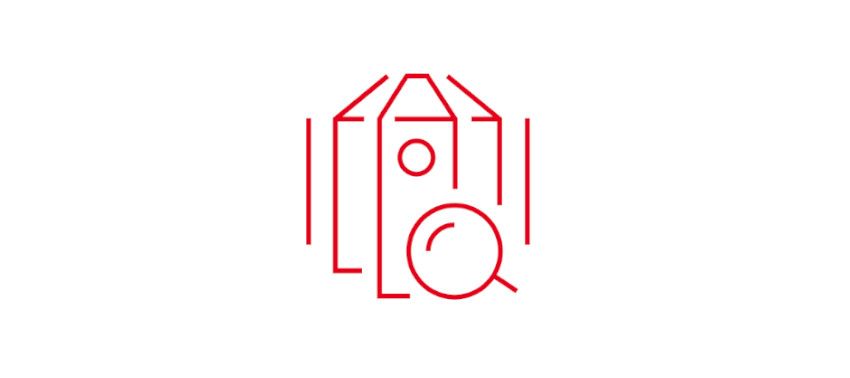Oil and gas personal protective equipment
Frontline professionals in the oil and gas industry face a vast number of life-threatening chemical hazards on a daily basis.
Danger lurks in every activity, from building well foundations and erecting lease tanks, to chemically treating or hydraulically fracturing wells.
In off-shore drilling, the dangers range from blow-outs, hydrogen sulphide gas during drilling, heavy metals and benzene present in crude, to asbestos, formaldehyde, hydrochloric acid and normally occurring radioactive materials (NORMs).
Even in normally safe refineries, certain activities – process sampling, inspection, handling or recharging catalyst – pose chemical risks as high as anywhere else on the planet. Risk is also higher during regularly scheduled maintenance and repair shutdowns.
Workers are also potentially exposed to flames and fires and other consequences of explosions.
Workers need strong protection against all of these potential perils, and to be able to comfortably work in their protective garments for their entire shift.
DuPont seeks to provide durable solutions that help resist and repel lethal exposure.
DuPont™ Tyvek® and DuPont™ Tychem®
As well as being antistatically treated, Tyvek® and Tychem® coveralls can help offer much needed protection against chemicals and particulates.
The Tyvek® 500 Xpert and Tyvek® 600 Plus single-use coveralls help offer inherent protection against fine particles and low pressurised inorganic water-based chemicals of low concentration, while being robust, breathable and comfortable. They are well-suited for a broad range of tasks.
The new Tyvek® 800J coverall offers resistance to oils, particles and pressurised jets of water-based chemicals all in a high comfort, breathable, Type 3 limited-use garment.
The range of single-use chemical protective coveralls made of Tychem® help offer lightweight yet tough protection starting at low toxic chemicals up to biological hazards. Garments made of Tychem® are typically used in areas as diverse as petroleum refining, natural gas supply, factory decommissioning, land decontamination, industrial tank cleaning and spill clean-up. They are particularly suitable for jobs with frequent exposure to dangerous chemicals, such as maintenance and repair – particularly Tychem® 6000 F, for its excellent barrier to a broad range of organic chemicals, for its reinforced strength.
DuPont™ Nomex®
The flame-resistant properties of Nomex® fibre are inherent in the molecular structure of the fibre and not chemically added, which means they cannot be washed or worn away.
Garments made of Nomex® are comfortable, breathable, and resistant to tears and abrasion. They also offer an excellent return on investment, since the thermal protection is built right in, and will not wear off or wash out over time.
Not only does Nomex® fibre offer inherent flame-resistant properties but most Nomex® solutions also include a permanent antistatic fibre. Electrostatic discharge (ESD) can generate sparks with energy levels sufficient to ignite surrounding vapours, aerosols of flammable liquids or dust particles, leading to an explosion. The fibre’s antistatic property is therefore fundamental to helping protect workers in such hazardous environments.
Moreover, limited-flame spread coveralls made of DuPont™ ProShield® 20 SFR can easily be worn over flame-resistant garments made of Nomex® fibre, thus helping to protect the workers from contamination, and also the primary flame-resistant reuseable garments.
Find out all about Nomex® fibres, derived products, tailored solutions and consultancy services that support you in your upstream, midstream and downstream operations.
For more detailed information on the use of DuPont products in downstream and upstream activities, please click here.
Tyvek® Protective Apparel
Workers who deal with hazardous substances need confidence in their protective apparel. DuPont™ Tyvek® fabric used in Tyvek® protective apparel is engineered to typically resist particles down to 1 micron in size, including particles such as lead, asbestos, and mould, and helps provide a barrier against many water-based liquid chemicals in low concentration and biological hazards.


